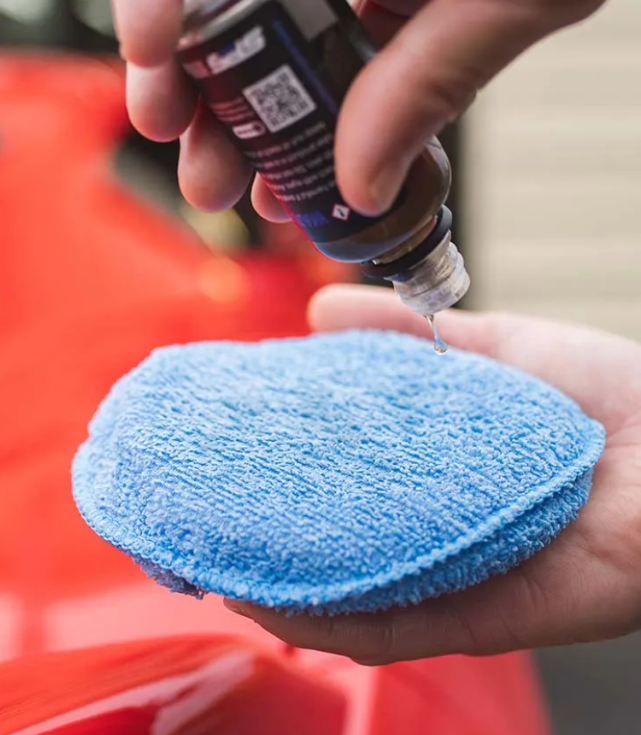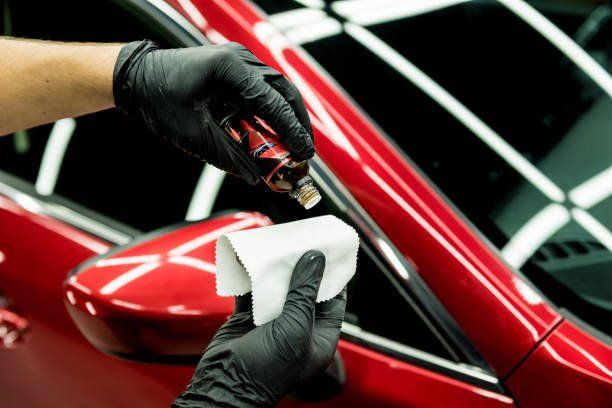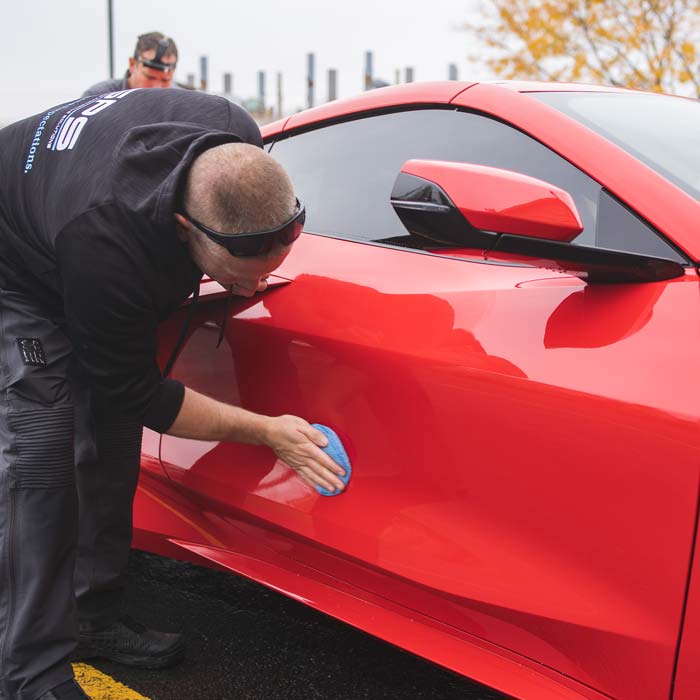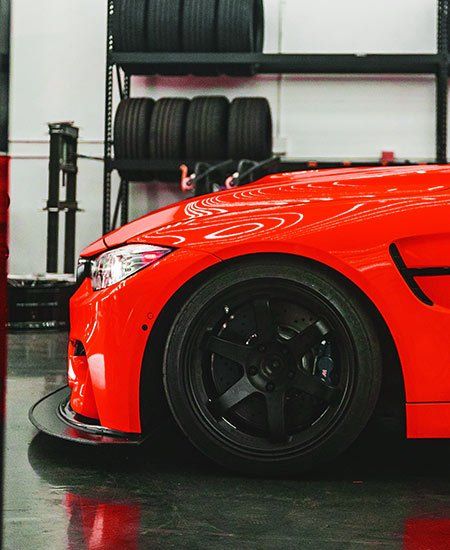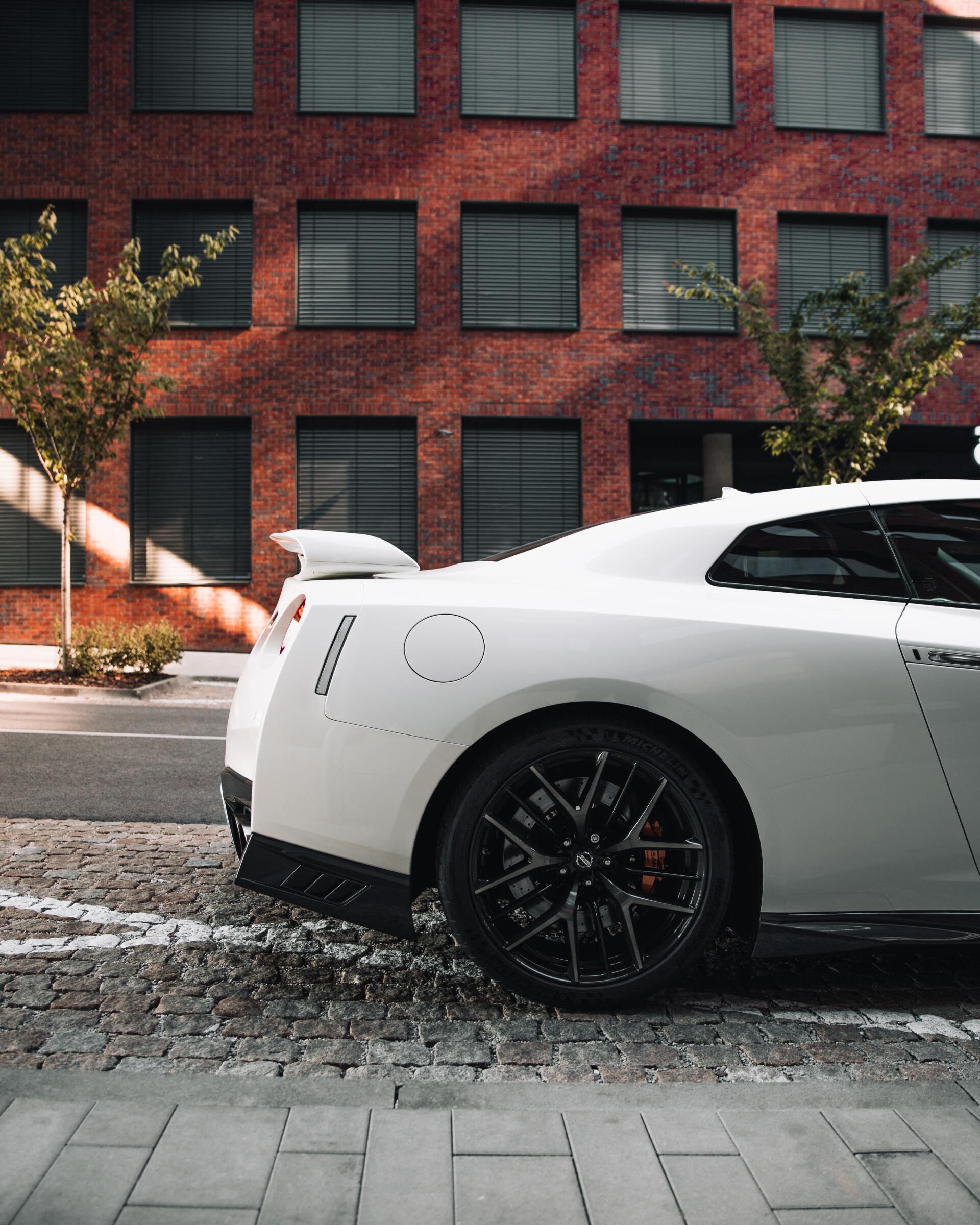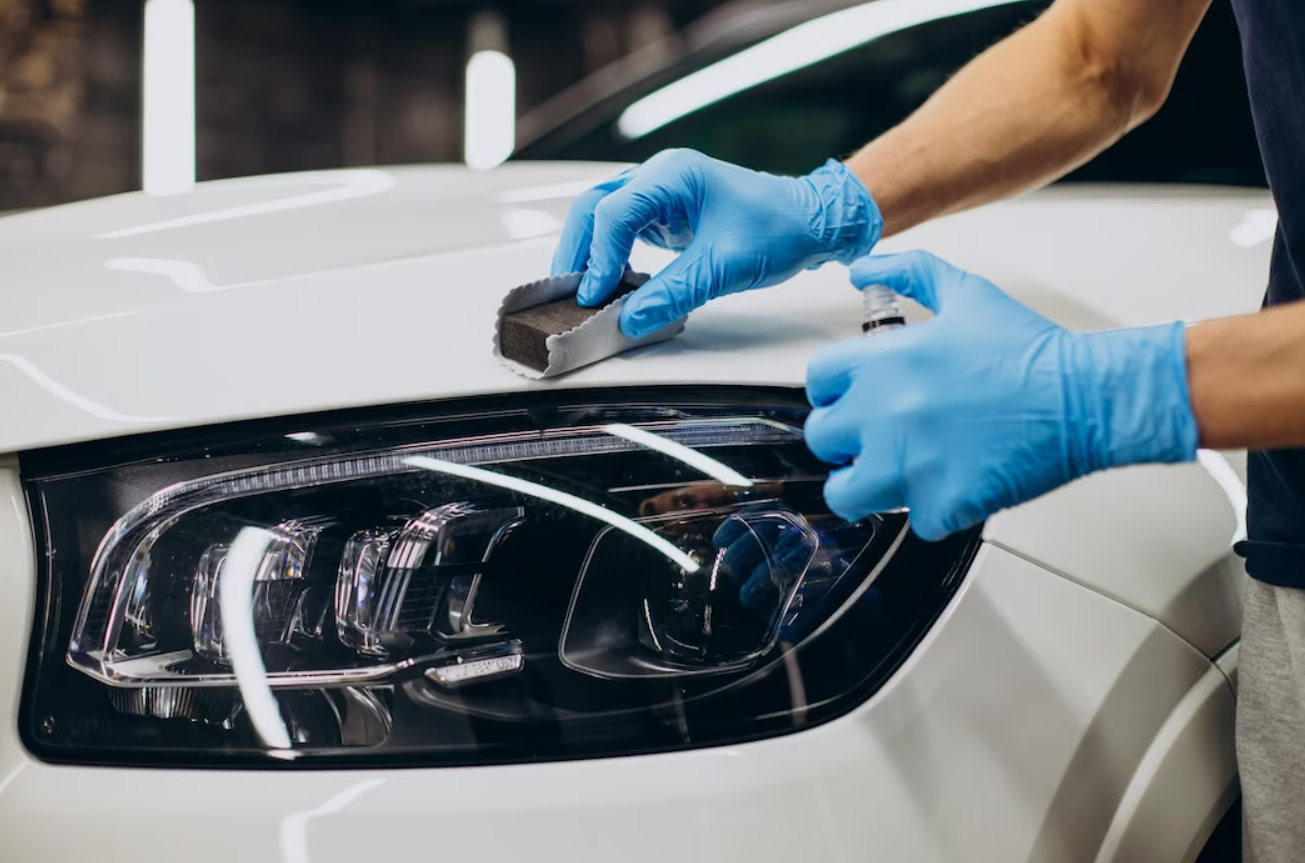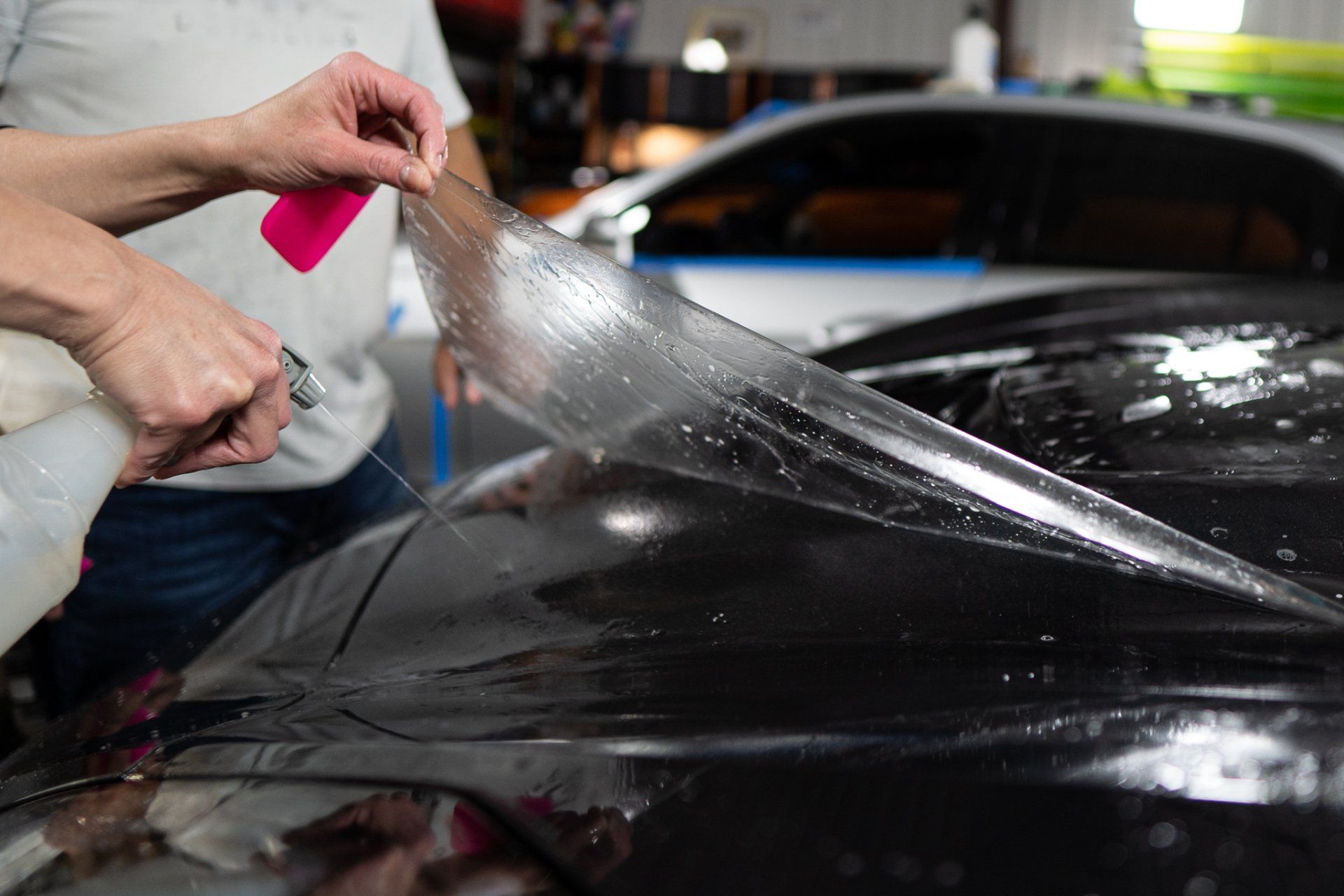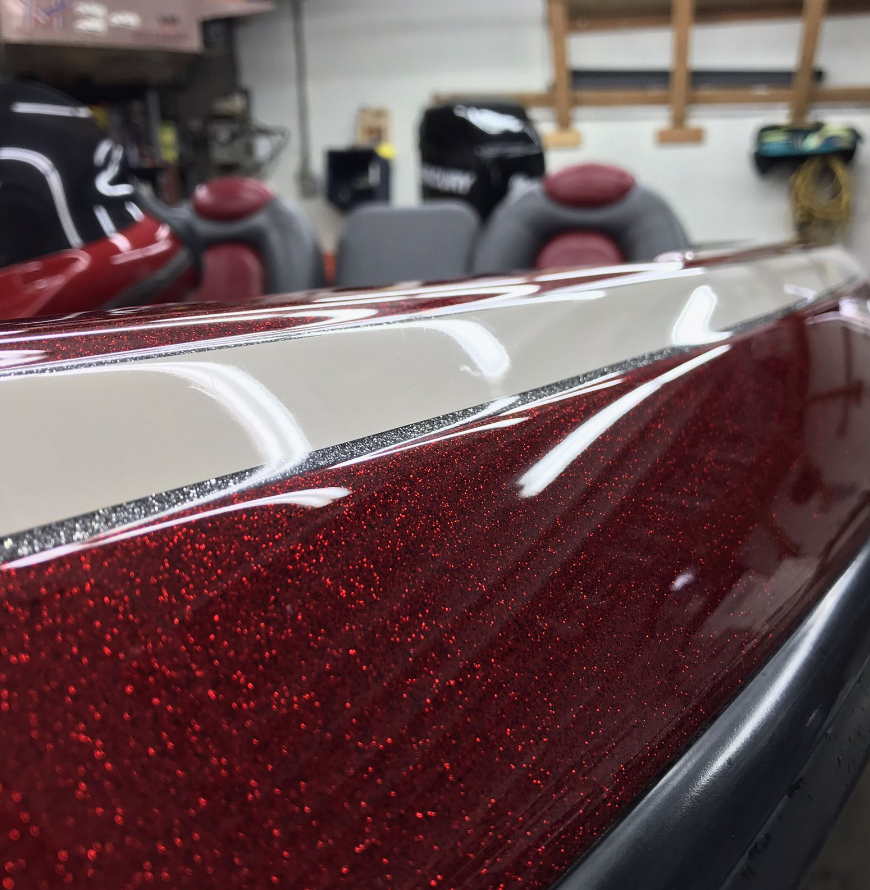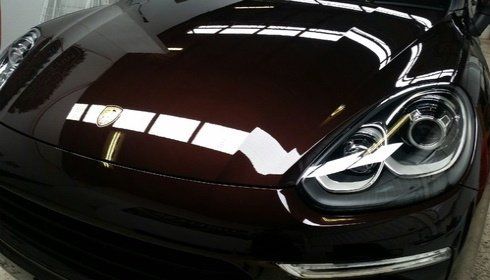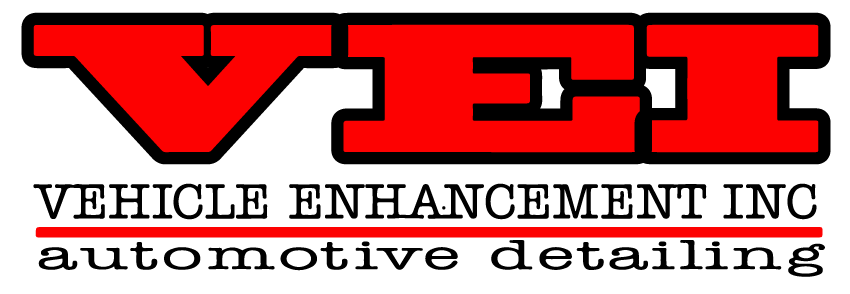Reapplying Ceramic Coating: When Is the Right Time for a Fresh Layer?
When was the last time you admired your vehicle’s shine and thought about how to keep it looking that way? If you're like most car owners, maintaining that fresh-off-the-lot appearance is a top priority, but it can feel overwhelming amid everyday wear and tear. That's where ceramic coatings come into play—they’re designed to protect your car's paint and enhance its glossiness for years to come. However, even the best coatings need care and reapplication to stay effective. In this article, we'll explore when and why you should refresh your ceramic coating, along with the benefits of doing so and how to keep your ride in tip-top shape. Your vehicle deserves it, right?
The right time to apply a fresh layer of ceramic coating is typically indicated by signs such as decreased water beading, loss of glossiness, or increased surface contamination. Maintaining your vehicle with regular washes and monitoring these indicators will help ensure the longevity and effectiveness of your ceramic coating.
Signs Your Coating Needs Refreshing
One of the first, and perhaps most noticeable, indicators is loss of hydrophobic properties. When your car's surface begins to lose its ability to repel water, you might see the droplets spreading instead of beading up and rolling off. Ideally, after a rain shower, you should see small beads of water glistening on your vehicle’s paintwork like tiny marbles. If they cling instead—flat against the surface—it suggests that the ceramic coating is degrading. Water should slide off effortlessly, so when this doesn’t happen, it's a clear signal that you may need to consider reapplying.
A decline in these hydrophobic qualities is not just aesthetic; it reflects the diminishing protective abilities of the ceramic layer against dirt and contaminants.
As we look deeper into this issue, another prominent sign is reduced gloss.
Over time, with exposure to elements such as UV rays and environmental pollutants, it’s common for even the most resilient coatings to start losing their shine. You might observe your vehicle lacking that deep, mirror-like finish that indicates a healthy coating. Instead of radiating brightness under sunlight, the paint may begin to appear dull and lifeless. This not only affects visual appeal but also indicates that the protective barrier is fading, making it more vulnerable to stains.
And speaking of surface protection, increased contaminant adherence is another vital sign that indicates a need for reapplication.
If you notice dirt, grime, or other debris adhering more firmly than usual during routine washes, take note! When dust and contaminants stick stubbornly to your car's surface rather than washing away easily, it signifies that the effective protective layer is wearing thin. This diminished effectiveness makes it harder to maintain cleanliness and could lead to further damage if not addressed promptly. The combination of dirt buildup can also create an unsightly appearance over time if left unattended.
Now that we understand these key indicators, it's crucial to monitor them closely.
Regular inspections can make a world of difference in how soon you need to reapply a new layer. Observing these changes—whether it's a loss of hydrophobic performance, diminished glossiness or increased difficulty in cleaning—can guide your maintenance schedule effectively. Being proactive about these signs ensures your vehicle remains aesthetically pleasing while maximizing the protective benefits of ceramic coatings.
With these insights in mind, attention shifts to specific timing practices that ensure optimal performance from your ceramic coatings.
When to Apply a New Layer
The timing of reapplying your ceramic coating isn’t just about convenience or preference; it plays a pivotal role in maximizing the protection the coating provides.
Ideally, you should aim for specific moments that align with both seasonal changes and your personal driving habits. By being attentive to these factors, you can enhance the durability and extent of the benefits that come with a well-maintained ceramic coating.
Seasonal Timing
One of the best times for reapplication is right before or after seasons that impose extreme conditions on your vehicle. For example, if you live in North America, late autumn and early spring present optimal windows. Reapplying in early spring prepares your vehicle for the harsh UV rays of summer, while applying in late autumn protects against winter's salt, grime, and freeze-thaw cycles that can work against your coating.
As snow melts, it's easy for chemicals from roads to create havoc on unprotected surfaces, which makes timely reapplication vital.
While seasonal timing is essential, there's another critical factor to consider: how much you drive your vehicle.
Mileage-Based Application
High mileage drivers should pay special attention to their coating’s condition. If you’re someone who consistently racks up over 20,000 miles each year, you may find that your coating requires more frequent reapplications than someone who drives less often.
With an increased amount of road time comes exposure to elements that can wear down the ceramic layer quicker. In such cases, a good rule of thumb is to schedule a refresh every year or so rather than waiting for two or three years like more casual users might.
Now that we’ve discussed how driving habits influence reapplication frequency, it's important to recognize the differences between professional-grade coatings and DIY applications.
Professional vs DIY
If you've invested in high-quality professional ceramic coatings, you'll likely need to revisit your detailing shop every two to three years for optimal results. Professional products are designed for longevity and typically offer warranties stretching several years; they often require less frequent refreshing due to superior bonding properties.
However, if you’ve chosen a DIY route, be proactive—consider refreshing your coating annually or whatever schedule fits with both your lifestyle and the environmental conditions around you.
This proactive approach not only safeguards your investment but also ensures your vehicle looks its best throughout its lifespan.
Knowing when to reapply is only one aspect; maintaining the integrity of your coating is also crucial for optimal performance moving forward.
Effective Maintenance Tips
Proper upkeep is essential for extending the lifespan of your ceramic coating. It all starts with one simple yet crucial practice: regular washing. A bi-weekly hand wash goes a long way, as it helps to remove dirt and contaminants before they can penetrate the coating.
When washing, using pH-neutral shampoos is vital; these gentle cleansers avoid degrading the protective layer while still doing a great job of removing grime.
Now let’s explore techniques that elevate this basic washing routine.
Two-Bucket Wash Method
One of the best techniques I've adopted is the Two-Bucket Wash Method. This strategy is all about prevention—specifically preventing swirls on your vehicle's surface during wash time. Here’s how it works: dedicate one bucket for soapy water and another for rinsing your wash mitt. By doing this, you minimize the risk of transferring any dirt or debris back onto your car. Picture yourself using this method; you relax knowing you're taking every possible precaution to protect your investment while achieving a thorough clean.
However, even with careful washing, some methods may still fall short in protecting your ceramic coating.
Avoid Automatic Car Washes
A common temptation is to choose the convenience of automatic car washes. Yet often overlooked are the damaging effects these washes can have on ceramic coatings. The abrasive brushes and harsh chemicals used in many automatic car washes might seem efficient but can significantly degrade that precious protective layer over time. Instead, opt for hand washes where you have greater control over the products and techniques being used. While it may take a bit more time, the peace of mind it brings—and the stunning end result—is absolutely worth it.
Of course, regular cleaning is just one part of a comprehensive maintenance plan.
Scheduled Inspections
Equally important are scheduled inspections, which I recommend performing every few months. This practice allows you to monitor the condition of your coating closely and catch any issues before they escalate. During these inspections, look for areas where the coating appears thinner or shows signs of wear.
Addressing these spots promptly not only saves you from having to reapply sooner than necessary but also keeps your vehicle looking sharp year-round. With these effective strategies in place, maintaining your ceramic coating becomes a straightforward yet rewarding endeavor that ensures your vehicle continues to shine brightly through the years.
Is Reapplication Worth It?
When considering whether to reapply ceramic coating, it's helpful to reflect on its long-term benefits. Yes, the initial cost of professional reapplication can seem hefty, based on your vehicle type and condition. However, consider it a form of proactive care. Just imagine how much you could save in the future by avoiding extensive paint correction or damage repairs that could arise from neglect.
The investment in reapplication can mitigate risks associated with environmental contaminants like bird droppings, tree sap, or road salt that can corrode your vehicle's surface over time. By sustaining that protective layer on your car, it's much less likely to suffer unsightly damage.
In summary, prioritizing ceramic coating reapplications ensures both the longevity of your vehicle's appearance and potential increased resale value. If you're ready to keep your vehicle looking its best, don't hesitate to reach out at
Vehicle Enhancement Inc. or call us at (937) 361-7993 for more information!




